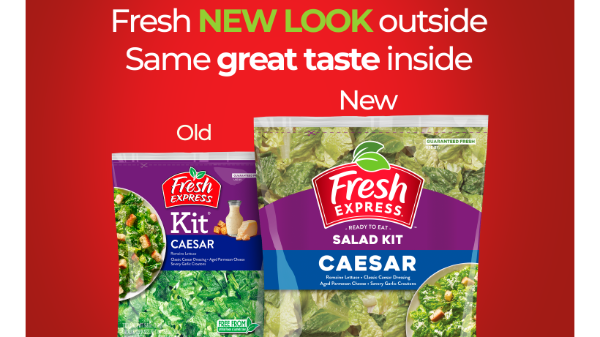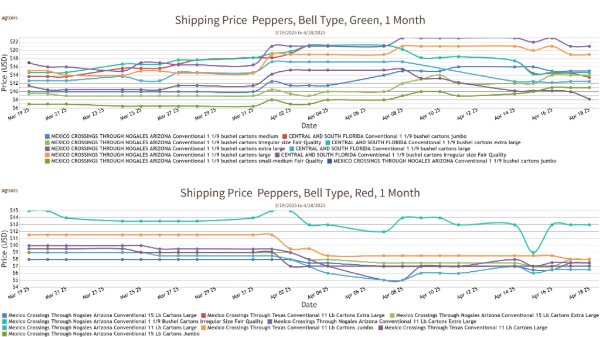Welcome to Blue Book!
Are you ready to join the thousands of companies who rely on Blue Book to drive smarter decisions? View our plans and get started today!
Still have questions? We’d love to show you what Blue Book can do for you. Drop us a line– we’ve been waiting for you.

It’s a very hardcore hiring selection process; for every 100 customs officers who pass the entrance exam, only one will actually be hired. It has been taking up to 18 months to get people hired. We’re really trying to put pressure on Homeland Security to relax the entrance exam, particularly the polygraph, which can take up to six hours. On the Southwest border, things are lagging far behind. Following up and getting these customs officers hired is a new challenge.
Are you seeing more greenhouse-grown imports? Is this lengthening the deal?
Erickson: We’re definitely seeing an increase in greenhouse-grown imports as well as other types of protected agriculture items. I believe there’s a lengthening of the various deals.
However, considering that the direct economic impact to the Texas economy is nearing $500 million, with almost 4,000 jobs tied to the import industry, I think the growth of imports is a crucial aspect of our booming Texas economy. I’m pleased to see the state of Texas embrace trade and help foster a pro-business environment.
Jungmeyer: We’re definitely seeing more protected agriculture from Mexico. I am also seeing changes in the season; more production has been added in Sonora, which means that in Western Mexico, where we used to have a season that stopped in late April, we now have vegetables crossing in late June. This is due, in part, to more greenhouses and the proliferation of different micro climates across Mexico.
What about organics or genetically modified organisms (GMOs)?
Erickson: Most fresh fruits and vegetables are not currently bioengineered. It is important to recognize, however, that biotechnology will play an increasing role in our industry.
I would point out that biotechnology is heavily monitored, regulated, and tested by our federal agencies, probably more so than any other widget ever produced. Improving drought resistance; fighting pest and disease issues such as citrus greening; reducing reliance on chemical applications; and improving the nutrition, taste, and quality of products are all areas where biotechnology will aid both producers and consumers.
With a rapidly growing population and serious environmental challenges, we need every tool we can get our hands on to help feed the world. Transparency is important, and consumers have a right to know all the facts when making food choices. At the same time, we have to be sure that policy and regulatory requirements don’t put people out of business either.
Jungmeyer: As an association, we haven’t staked a stance on GMOs. Most people recognize the reasons you’d choose to grow a GMO: reducing water and chemical use or having some desirable consumer trait. Everybody looks at these [outcomes] and recognizes they’re good things.








